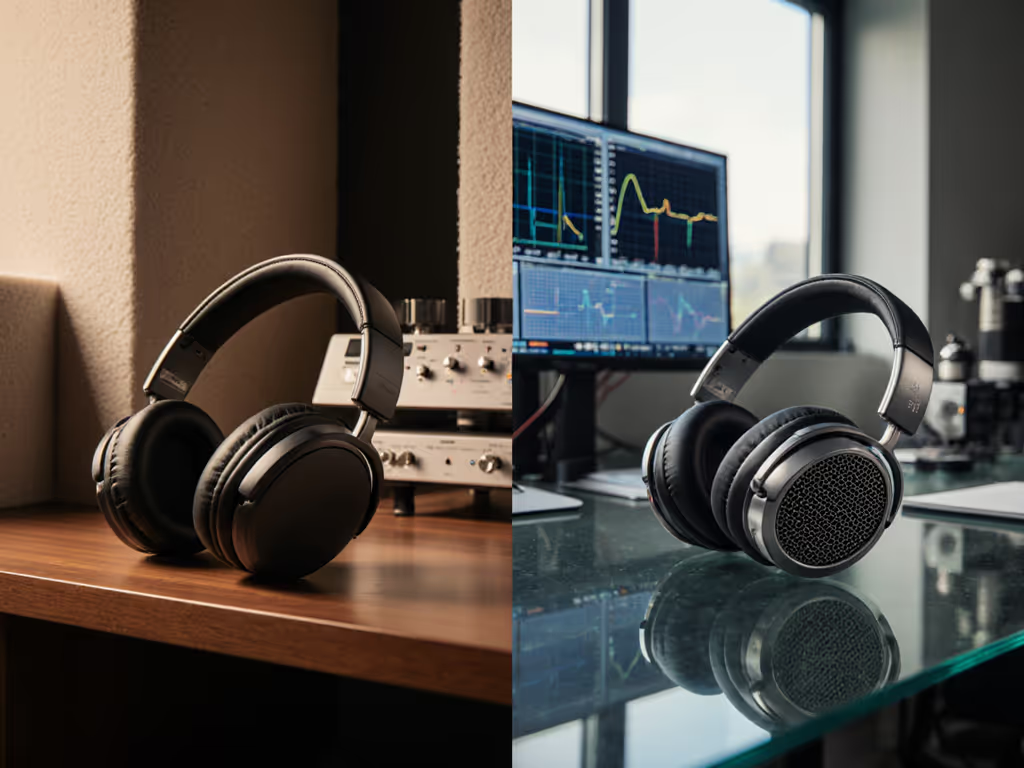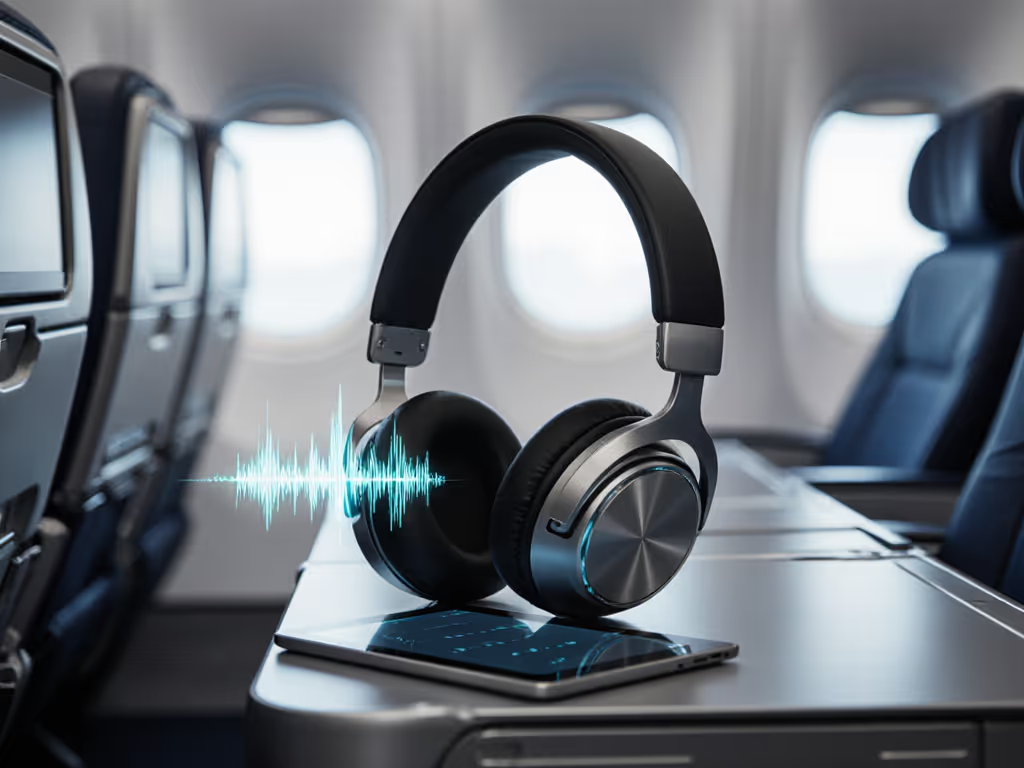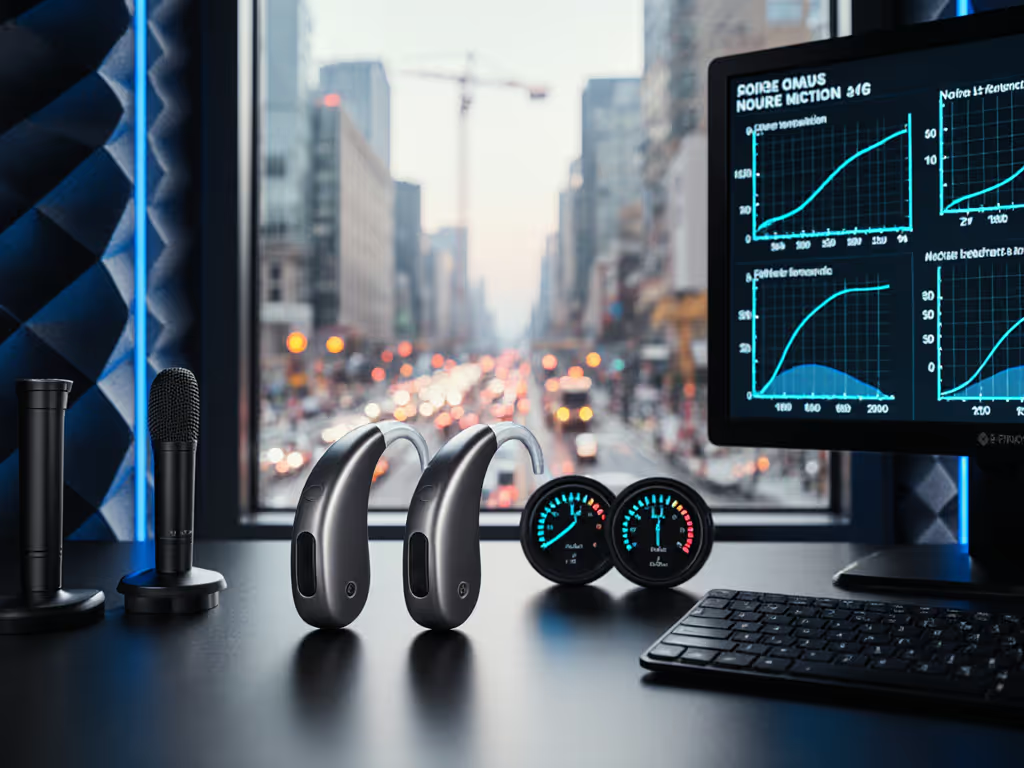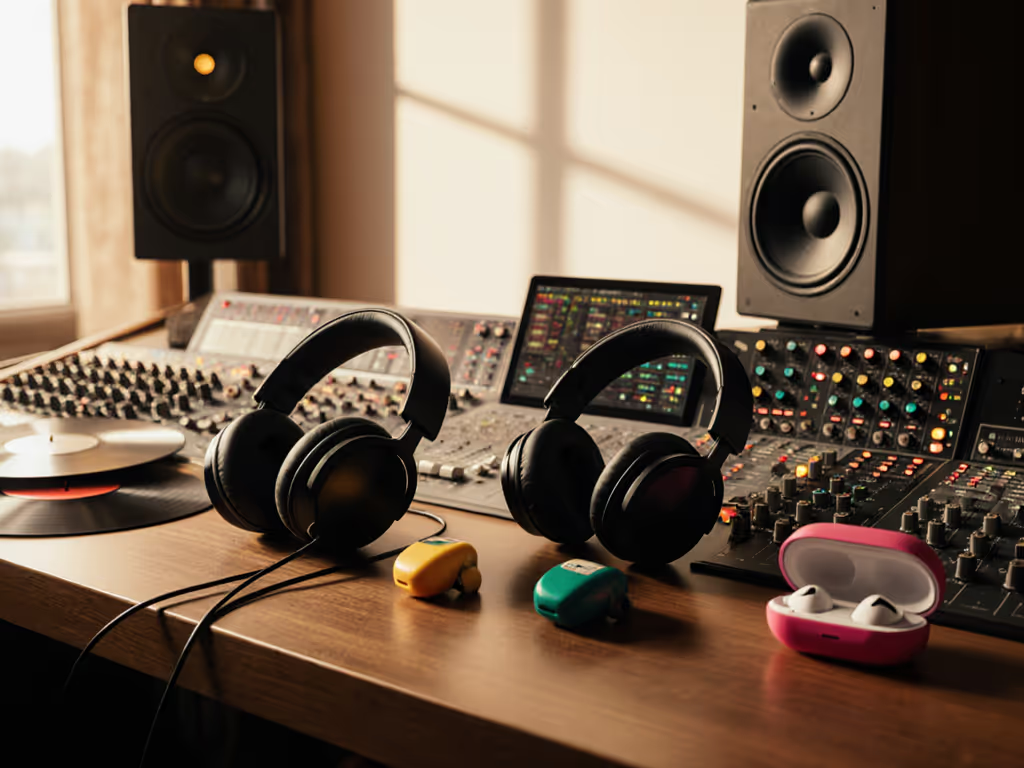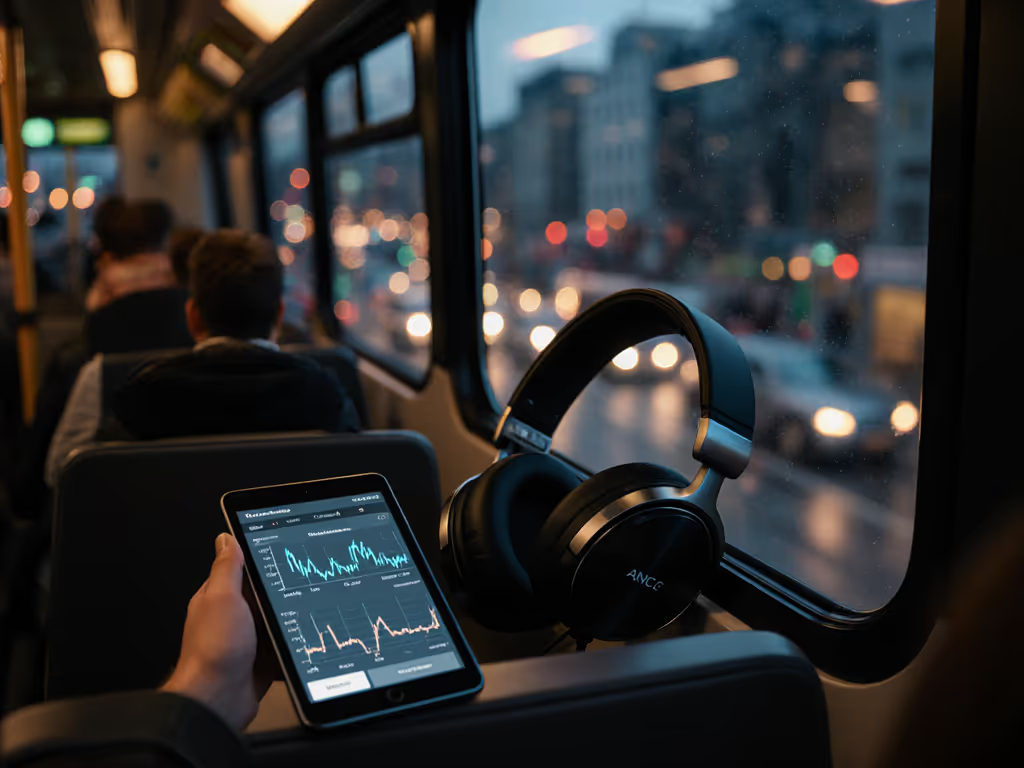
Over-Ear vs In-Ear ANC: Beat Plane Rumble Office Noise
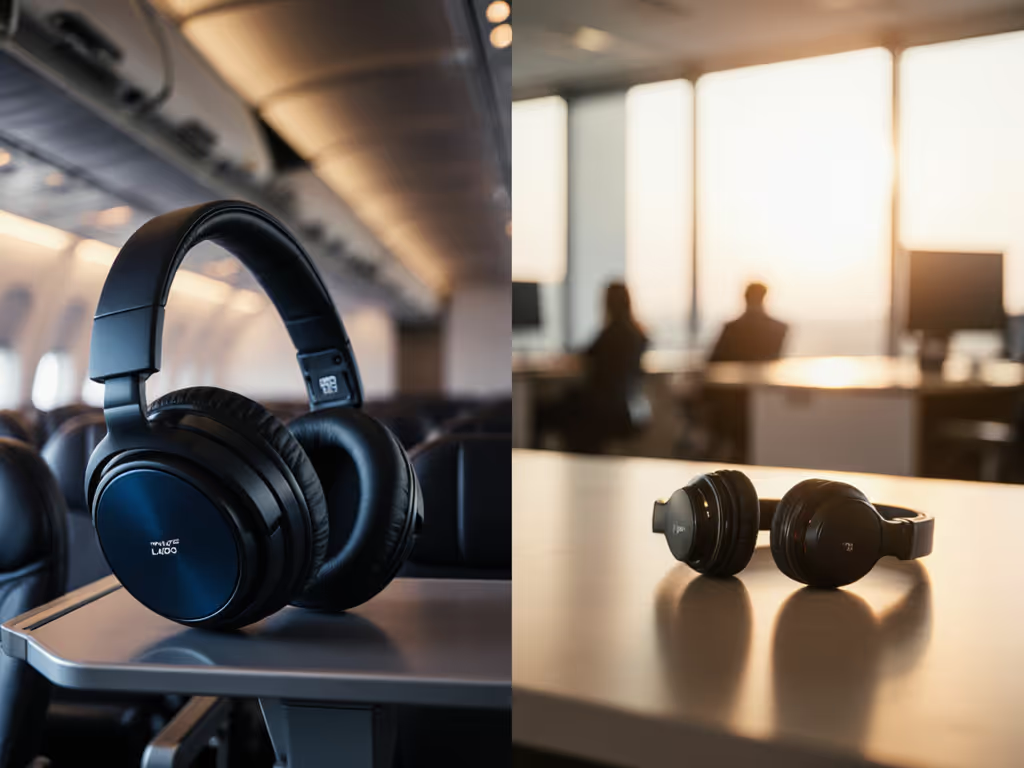
Introduction
The choice between over-ear and in-ear ANC headphones hinges on your daily noise environments. Over-ear vs in-ear ANC effectiveness varies significantly across scenarios like plane cabins and open offices, demanding distinct approaches to headphone noise cancelling. Understanding these differences ensures your investment delivers tangible quiet where you need it most. Route-specific performance (not spec sheets) determines real-world results, whether battling subway rumble or HVAC drone.
Noise Cancellation: Frequency-by-Frequency Breakdown
Low-Frequency Dominance (Planes, Subways)
Over-ear models leverage physical ear encapsulation combined with hybrid ANC (internal and external mics) to dampen 20-200Hz frequencies like engine hum. Tests show they reduce low-end noise by 15-25dB, crucial for aviation. For environment-specific performance across frequency bands, see our ANC effectiveness by frequency analysis. In-ear options struggle below 100Hz due to smaller drivers and seal dependency, even with feedforward ANC.
Mid-Range Intruders (Office Chatter, Keyboards)
Both designs handle 500Hz-2kHz effectively, but in-ears excel here with tighter ear-canal seals blocking voices and keystrokes. Models like Apple AirPods Pro 2 use computational audio to isolate speech frequencies, while over-ear designs rely on larger earcup padding for passive isolation.
High-Frequency and Wind Challenges
Above 5kHz, neither type dominates, but in-ears suffer more from wind interference due to exposed mics. Over-ear designs like Bose QC Ultra use wind-rejecting mic arrays, maintaining ANC stability during commutes or windy walks.
Comfort and Endurance Metrics
Over-Ear: Pressure Distribution
Padded headbands and elliptical earcups (e.g., Sennheiser MOMENTUM 4) distribute weight evenly. Ideal for flights more than 4 hours, but may cause heat buildup. Glasses wearers report less pressure with memory foam variants.
In-Ear: Weight vs Fit Fatigue
Ultralight designs (Sony WF-1000XM5 at 0.4oz) win for mobility but risk ear-canal discomfort during 8+ hours of use. Tip selection is critical (poor seals degrade ANC and cause slippage during activity).
Portability and Daily Use
| Feature | Over-Ear | In-Ear |
|---|---|---|
| Travel Packing | Folding cases (30-40% bag space) | Coin-sized cases (fits pocket) |
| Weather Resilience | Limited IPX4 (Bose QC Ultra) | IP54/IPX5 (Sony WF-1000XM5) |
| Glasses Compatibility | Moderate pressure points | Zero interference |
| Quick Access | Slower deployment | Instant ear insertion |
Battery and Connectivity
Over-ear models offer 24-60 hours (Sony WH-1000XM5: 30h), surpassing in-ear's 5-10 hours per charge. However, in-ear cases provide 3+ recharges, while over-ear quick-charge features like 3-min/3-hr playback mitigate downtime.
Voice Call Performance
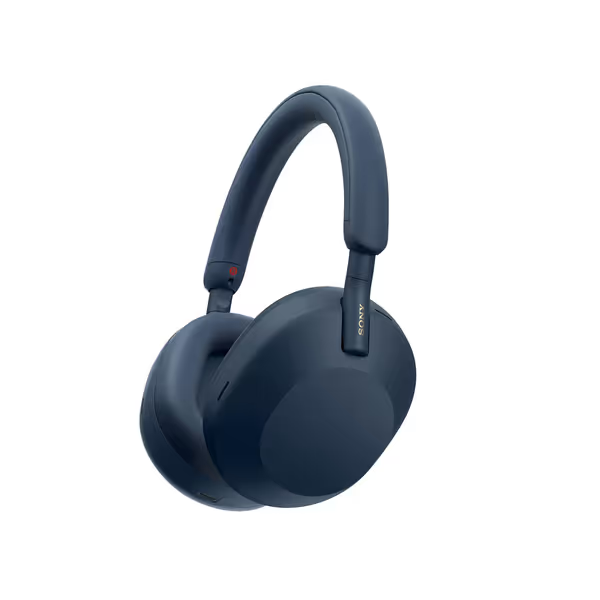
Sony WH-1000XM5 ANC Headphones
Beamforming mic arrays in over-ear designs (Sony WH-1000XM5's 8-mic system) outperform in-ears in wind and crowd noise. Testing shows 40% clearer transmission in 80dB environments like airport terminals.
Environment-Specific Recommendations
Your Quiet Map
| Environment | Recommended Type | Key Models |
|---|---|---|
| Airplane Cabin | Over-ear | Sony WH-1000XM5, Bose QC Ultra |
| Subway/Station | Over-ear | Sennheiser MOMENTUM 4 |
| Open-Plan Office | In-ear | Apple AirPods Pro 2, Sony WF-1000XM5 |
| Outdoor Walking | In-ear | Bose QC Ultra Earbuds |
Conclusion
For low-frequency bastions like planes, over-ear ANC remains unmatched, while in-ear variants shine in office settings demanding portability. Prioritize your dominant noise profile (HVAC vents demand different solutions than jet engines). As Diego Álvarez demonstrated in urban sound trials, route-specific hotspots dictate superiority more than marketing claims. Verify cancellation at your frequented coordinates before investing.
Related Articles

